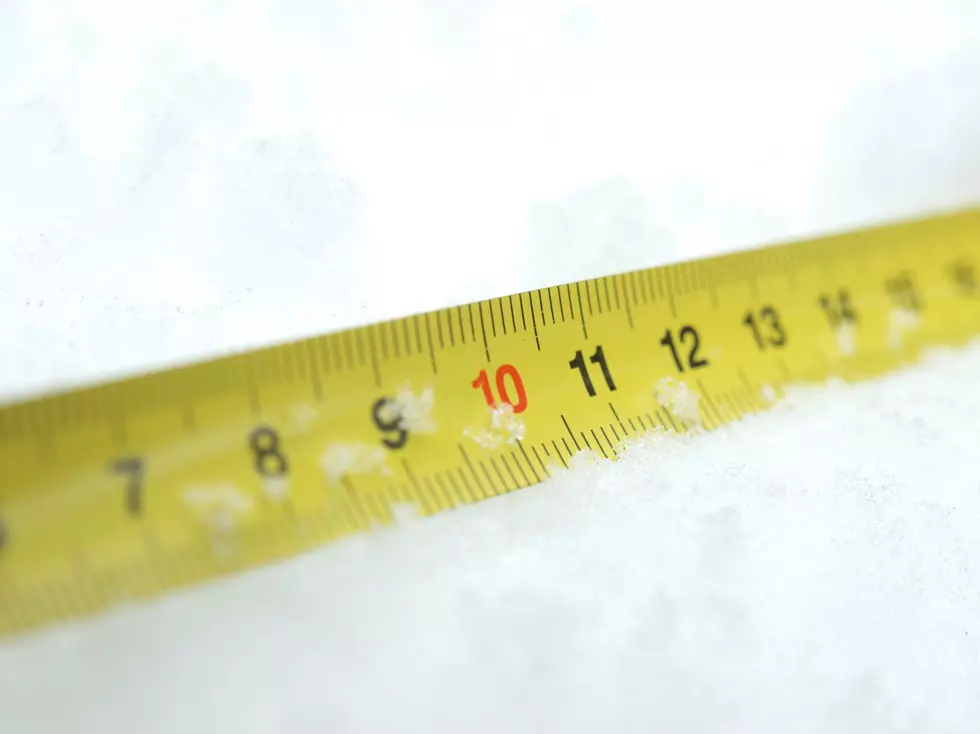
Rush Skeletonweed Found Lurking In Lewis and Clark County
The Montana Department of Agriculture has confirmed the presence of Rush Skeletonweed at two separate locations near Helena, Montana.
Rush Skeletonweed (Chondrilla juncea) is categorized as a Montana Priority 1B Noxious Weed, and its limited occurrence in Montana mandates either eradication or containment efforts along with educational initiatives.
What We Know So Far
This marks the sole known population of Rush Skeletonweed situated to the east of the Continental Divide within the state.
This invasive plant, once established, poses a significant threat to crop yields, capable of reducing them by as much as 70 percent.
Consequently, preventing its establishment in central and eastern Montana is paramount.
What To Look For
Rush Skeletonweed exhibits a branched structure with few or no leaves, resembling a skeletal framework.
Its rosettes closely resemble dandelions, and once they bolt, the stems exhibit stiff, downward-pointing hairs at their base.
The plant produces small yellow flowers in late summer, and when they mature, tufted white hairs allow their dispersion by the wind.
When any plant part is damaged, it exudes a milky latex substance.
Rush Skeletonweed can infiltrate various environments, including rangeland, farmland, roadsides, and residential yards.
It can be mistaken for tumble mustard (Sisymbrium altissimum), which features small, pale yellow flowers with four petals, or the native rush skeleton-plant (Lygodesmia juncea).
The native variety lacks hairs at the stem base, does not release milky sap, and sports pinkish flowers.
Getting Control
Controlling Rush Skeletonweed is challenging, and its presence poses risks to agricultural and wildland habitats.
There are approximately 6.2 million acres of Rush Skeletonweed in the western United States, with Idaho alone accounting for 4 million acres.
While Montana currently reports approximately 3,300 affected acres, it is vital to prevent its further spread and promptly eradicate new infestations upon discovery.
If you suspect the presence of Rush Skeletonweed, please report it through EDDMapS and contact your local county weed coordinator or the Montana Department of Agriculture Noxious Weed Early Detection, Rapid Response (EDRR) Program at MTEDRR@mt.gov.
For additional resources and contact details, please visit the Early Detection, Rapid Response webpage at agr.mt.gov/Noxious-Weeds.
The 11 Most valuable crops grown in Montana
LOOK: Most valuable crops grown in Colorado
More From The River 97.9






